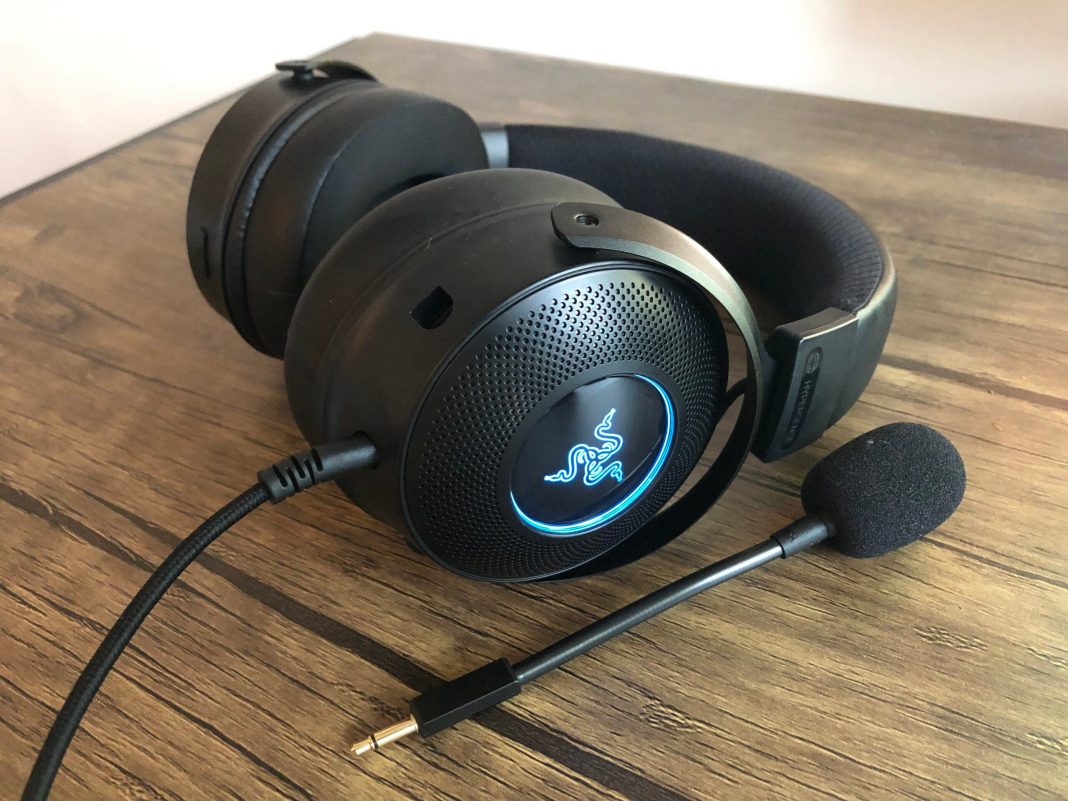There is a lot of debate surrounding high impedance headphones and whether they sound better. Some people believe that the higher impedance allows for a more accurate and natural sound reproduction. In contrast, others feel that the higher price tag is not worth the improved audio quality.
Impedance
To make an informed decision, it is essential to understand what impedance is. Impedance is a measure of how difficult it is for electricity to flow through a component. In simpler terms, it measures how much resistance a headphone has to electrical current.
Why does impedance matter?
The reason why impedance matters when it comes to headphones is because different amplifiers have different outputs. An amplifier with a low output will struggle to drive high impedance headphones, while an amplifier with a high output will have no problem powering them.
This is why it is essential to match the impedance of your headphones with the output of your amplifier. If you are using an amplifier with a low output, you will need headphones with a low impedance. If you use an amplifier with a high output, you can use headphones with a high impedance.
Do high impedance headphones always sound better?
Not necessarily. It depends on the listener and what they are looking for in a headphone sound signature. Some people prefer the accurate sound reproduction of high impedance headphones, while others find them too bright or harsh.
Ultimately, it comes down to personal preference. If you are interested in trying out high impedance headphones, look for a headphone amp with a high output. If you are an owner of high impedance headphones and find them too bright, consider purchasing a more powerful amplifier.
Consider that the output of the amplifier will need to be taken into account when deciding what pair of headphones to get next, or if you would like to purchase matching headphones and an amplifier together. A headphone jack’s voltage is at 1 volt RMS (root-mean-square), while most dedicated headphone amplifiers provide 2 volts RMS or more which is far greater than any headphone jack can provide. This means that using standard consumer-level audio equipment will not work well with high impedance headphones since they will underperform their capabilities, forcing an already underpowered system closer to its limit.
Things to keep in mind for using high impedance headphones
There are a few other things to keep in mind when using high impedance headphones. First, make sure that your headphone cable is of good quality. A low-quality cable can cause interference and degrade the sound quality. Second, make sure that your audio software is set up correctly. If the audio levels are too high or too low, it can also affect the sound quality.
Read More: One Side Of Headphones Not Working: What Are The Causes And What to Do?
High impedance headphones can be excellent for accurate and natural sound reproduction. However, they may not be the best choice for everyone, so it is essential to research before purchasing. High impedance headphones can provide a fantastic listening experience with the right equipment and setup.
What are the distinctions between high and low impedance headphones?
High impedance indicates that an earphone or headphone will need a great deal of power to utilize the sound quality fully. Low impedance means it can be connected to a portable device, which also uses low voltage.
High and low impedance headphones both have their pros and cons. High impedance generally has a higher quality but requires a decent headphone amplifier to get the best from them. Something that is not usually available on smartphones or entry-level MP3 players. Nowadays, most high-end models are equipped with one, but only for an extra cost. In contrast, some lower-end ones won’t require anything more than your standard smartphone/MP3 player to drive them well enough.
The significant benefits of using low impedance headphones are that they’re generally cheaper, lighter, and more portable. They’re also better suited for use outdoors or in noisy environments, as they can be heard over the background noise more easily. Conversely, high impedance headphones typically offer a more detailed and refined sound quality with a broader frequency range. So if you’re looking for an audiophile experience and don’t mind carrying around something a little heavier and bulkier, then go for some high impedance headphones. Otherwise, low impedance cans should suit most people just fine.
In short, high impedance headphones require more power and typically offer a higher quality sound than their low impedance counterparts. Low impedance headphones are cheaper, lighter, and more portable; but may not offer the same sound quality as high impedance headphones.
What are the advantages of high impedance headphones?
There are several benefits of using high impedance headphones.
1. Better sound quality
High impedance headphones provide a higher quality sound than low impedance headphones. This is because they have a higher voltage and current output, which results in less distortion.
2. More power
Since high impedance headphones require more power to operate, they can handle louder volumes without distorting the sound. This makes them ideal for use in noisy environments, such as concerts or sports stadiums.
3. Greater clarity
The increased power output of high impedance headphones also results in greater clarity and definition of the sound. This means that you can hear the music or audio content more clearly, making it an excellent choice for audiophiles.
4. Less distortion
High impedance headphones are less susceptible to distortion than low impedance headphones because they have lower resistance, allowing them to handle the higher power output better. This is useful in musical applications where there may be sudden volume changes or instruments with harmonics that tend to distort appear in the music. While both high and low impedance headphones can experience some form of distortion when pushed beyond safe limits, high impedance models will generally retain their clarity for more extended periods without distorting due to the increased power handling ability.
5. Balanced sound signature
High impedance headphones offer a more balanced sound signature than low-impedance ones because of their capability of handling high power levels more efficiently, resulting in less distortion. The less distortion in the sound, the more balanced it will be.
6. Higher price
High impedance headphones are generally more expensive than low impedance models due to their superior sound quality and durability. High impedance headphones are your best choice for excellent sound quality and noise isolation.
7. Greater comfort
High impedance headphones typically have more significant drivers that provide more excellent acoustic space within the ear cups, which results in increased comfort for people who wear them for long periods or during extended listening sessions. They also feature heavier construction which makes them better at blocking outside sounds while still allowing some ambient noise inside to provide awareness of surroundings; ideally suited for use when commuting or working out in noisy environments where there is a need to remain aware of one’s surroundings.
8. Durability
High impedance headphones are often built with higher quality materials and construction than low impedance models, making them more durable and able to withstand the rigors of daily use. They also have a longer lifespan due to handling more power without distorting the sound.
9. Better SNR (Signal to Noise Ratio)
The signal-to-noise ratio is a measure of how much “signal” (the music or audio content) is present to the amount of noise (outside sounds). A high SNR indicates tiny noise present, while a low SNR means a lot of noise is present. High impedance headphones typically have a higher SNR than low impedance models, resulting in a better listening experience with less distortion and background noise.
10. Portable
High impedance headphones are more portable than low impedance models because they require less power to operate. This makes them ideal for traveling, as you don’t need to worry about bringing a bulky and heavy power amplifier with you. While low impedance headphones will work with most portable devices, they will not produce the same high-quality sound as high impedance headphones.
Final words
In conclusion, several benefits of using high impedance headphones include better sound quality, more power, greater clarity, less distortion, sound signature, increased comfort, durability, and better SNR. They are also portable and often come in a more compact design.
Apart from this, if you are interested to know more about PS5 Audio Output then visit our Gaming category.
FAQs
- What are high impedance headphones?
High impedance headphones have an impedance of over 100 Ohm, usually 200Ohm or higher. The “impedance” indicates how much resistance the headphone has to power, in this case, electrical power from whatever is driving it (be it a dedicated headphone amplifier, an audio interface out on your sound card, etc.). If you put these high-impedance headphones on your stereo at home, you would need quite a beefy amp to drive them adequately. They are not for portable devices like your iPod.
- Who uses high impedance headphones?
Only audiophiles, purists, and sound engineers use high impedance headphones. If you are into music production or serious audio listening, these are the type of headphones you want to use. They generally provide the most accurate representation of the source material because they have much higher resistance than typical consumer-level headphones, which usually have impedance ratings between 32Ohm – 100Ohm, but can go as low as 16 Ohm. High-quality professional audio equipment is typically designed to drive both types of headphones, including low-impedance ones, but just barely, the lower the impedance, the more power necessary to drive the headphones to a satisfactory volume level.
- Are there any disadvantages of high impedance headphones?
They are not portable because they are specifically designed for home audio use with professional audio equipment. They can also be challenging to drive because of their high impedance, so you will need various adapters and cables that may or may not come with the headphone themselves, depending on whether or not they were included when you bought them. You have to have some amplification device to power them correctly, which makes these types of headphones somewhat impractical for people who want to plug their headphones into their iPhones or iPods without having something else powering them first. If this is your situation, low-impedance headphones are more appropriate for your needs.







